Oral self-examination. What you can do to prevent and detect early oral cancer
Let’s clear something from the beginning, that the oral cancer develops in an anatomical area where it can be diagnosed early, and controlled in a high percentage of cases. It is therefore a failure for any health system , every injury that escape early diagnosis .
Early diagnosis is crucial for treatment to be effective and the complexity and the magnitude thereof is reduced. There are two ways to achieve this . A , professional oral exam paper with a frequency determined by the factors of (the most important man smoking over 40 years , reviewed every six months) individual risk and self oral examination, which is the monthly and systematic exploration by oneself in the mouth, it is not a substitute but complementary newspaper exam.
It should be understood that the best is the bar exam , as well by the self is made certain regions of the oral cavity and the posterior third of the tongue , soft palate and tonsils are difficult self explore. Now, with regard to the lips , gums , cheeks, anterior floor of the mouth and small areas that are behind the wisdom teeth can be examined fairly accurately.
Although the oral self-examination is a method designed to detect oral cancer also finds other changes , in fact is what usually happens , as during the self- other problems that needed professional supervision or treatment to maintain health are revealed. The systematic self-examination makes a person become familiar or self training increasingly over time increases the experience and ability to recognize variations of normal structures in the mouth in this way gaining efficiency until it reaches recognize any change in normal very early .
The self is basically oriented to detect the warning signs . These include bumps, sores , red spots or plaques, bleeding points , pus , slightly sore spots and calluses located.
What if you find any sign of alarm? First do not be alarmed because the vast majority of the time this will be noncancerous pathological significance and low conditions, but if you’ve detected cancer , then it would be emerging , high cure possibilities and also with little or no conservative treatments deforming . – What you caught yourself and on time …. ( That just did the self , congratulate you on your skill) now, the doctor immediately to make you a professional review and make the necessary studies to establish the diagnosis accurately.
Remember this well, I have learned in many years of medical practice, if a cancer is detected what you will about it too much , do not go to mess up because you’re scared and stupidly difieras doctor’s visit , minutes count for conservative treatment is as effective as possible and . Remember that most cancers of the mouth heal so you are going to die one day , like everyone else , but something else. By the way, if you learn to do to help me about it .
How to do oral self ?
To perform the self-test only takes a mirror and good lighting. The self-test should be done once a month with calm and attention. Now onwards , we will examine three regions. The face, mouth and neck.
How is it done ? – Wash your hands and we’ll start – Remember the keyword is compare, compare both sides and compare what changed between a test and the next.
Stand in front of a mirror with good lighting and see your face , touches all parts of it, and learn to distinguish recoder is the consistency of each.
Develop the habit of going by comparing both sides to detect differences , changes in size or shape , lumps, hardness , stains , roughness . , Etc. . , Anything in the previous examination had not.
Let’s start by examining the oral cavity. Now the key word is in order and systematic exploration. It is very important that you do always in the same order . The following is the recommended : lips, cheeks, hard and soft palate , tongue, floor of the mouth , gums are examined with the neighboring region that corresponds.
The lips are inspected from the skin to the wet part , through the area being painted with lipstick , a lip commissure to the other, to learn to recognize them braces , by palpation will detect small bulticos that are accessory salivary glands. Remember to touch cooked rice grains under the tablecloth
Cheeks . It starts on the right side from the corner to the back and top to bottom groove . Most striking in this area is a small depression , which sometimes becomes inflamed and matching termination at the mouth of the excretory duct of the parotid gland. Exploring the cheeks will observe a faint whitish line from front to back that corresponds to the area where the teeth contact , it is normal and should not scare visitors find ( linea alba or occlusion) .
Examination of the palate. Also called the roof of the mouth . In the anterior palatal ridges found in the midline of some people there are hard and prominent lumps , called palatal torus have no pathological interest , more cushioned, behind a rich area in accessory salivary glands. Smokers should pay special attention to this area as it may appear very prominent the mouths of the ducts of the minor salivary glands, palate is called smoking or nicotine stomatitis is considered a pre- malignant lesion and therefore must pay attention and requires professional evaluation. Take advantage now and watch the uvula is very important to compare both sides , the anatomical differences between them are very important as early signs of cancer. The photo on the right demonstrates the anatomical deformation caused by carcinoma of the incipient uvula. The photo is presented to emphasize the importance of comparing the asymmetry is evident in the picture.
Examination of the tongue. Move it all the way , limitation or movement difficulties are important. On the reverse we pay attention to the characteristics of the buds , then examine the edges, the ventral side or bottom and finally the tip of the tongue . Floor of mouth. Raise the tongue, see the elevations produced by salivary glands and in the midline of the excretory ducts saliva. Palpa back and forth , in this region varices appear frequently but do not worry are normal , but that if he remembers their characteristics in you, they are very individual , to compare them from test to test for whether any modification of the same will occur with time you may need professional evaluation.
Examination of the neck Show appearance, performed flexion and extension , then palpate the top, the side and the middle line , trying to find a lump or hardness. Non- painful lumps are the most important as early signs of cancer but any node that appears in the neck requires immediate professional evaluation.

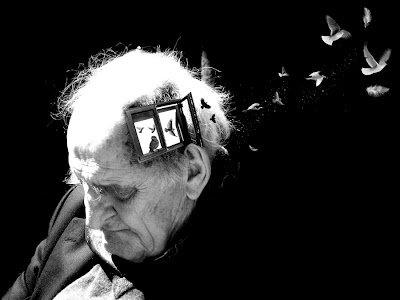
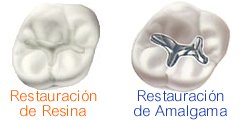

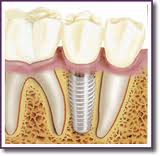
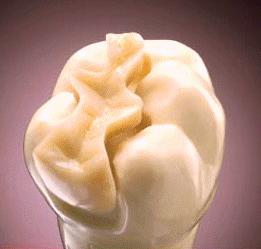
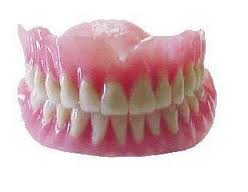
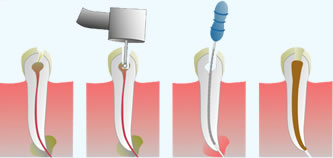
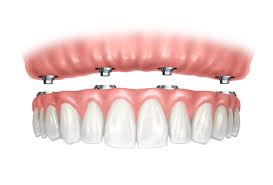
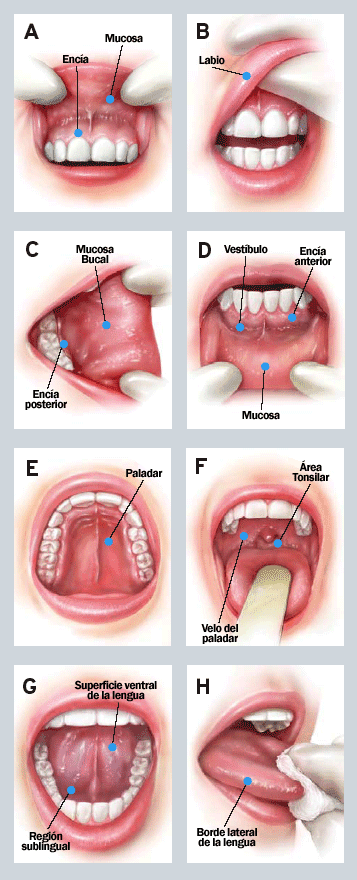
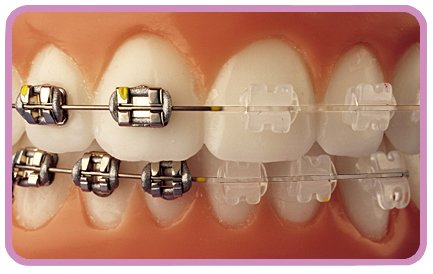
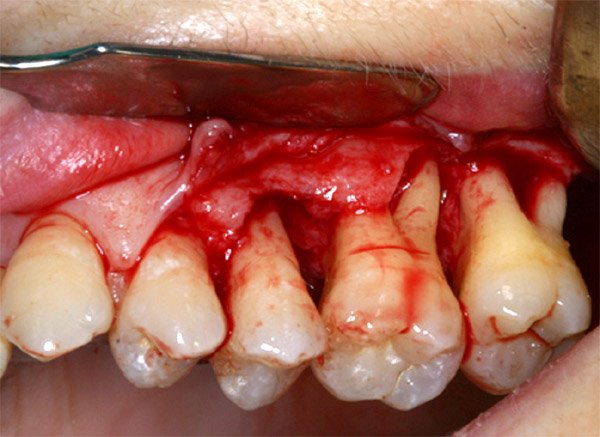
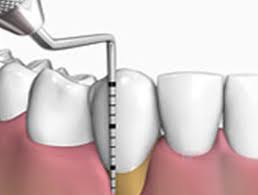
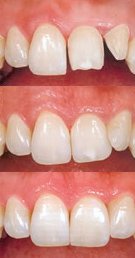
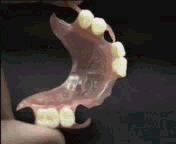
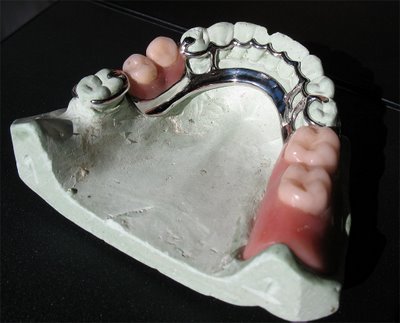
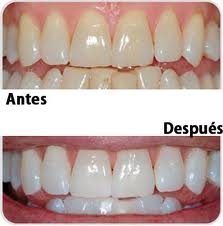
 English
English  Spanish
Spanish  Portuguese (Brazil)
Portuguese (Brazil)